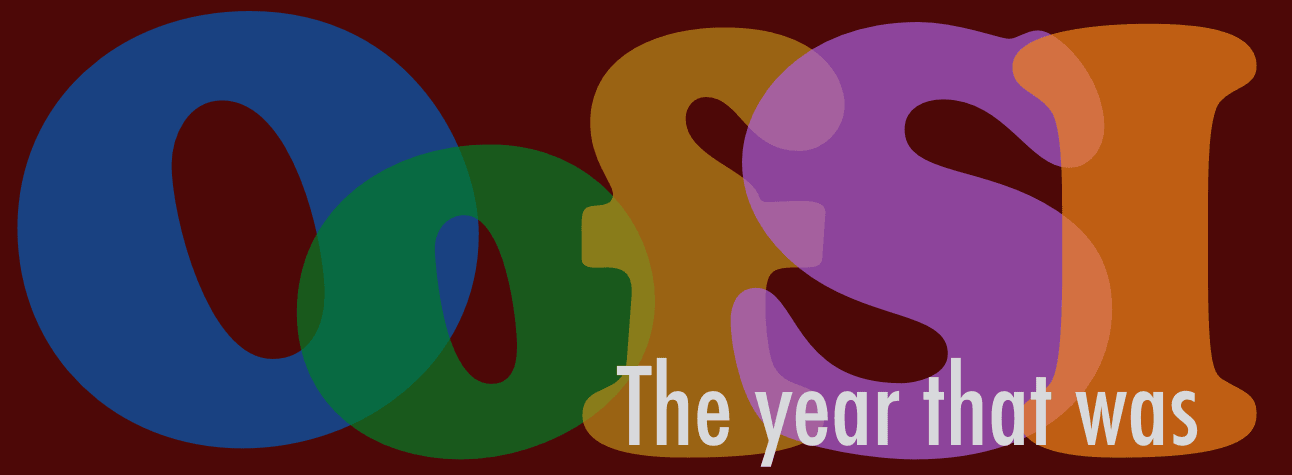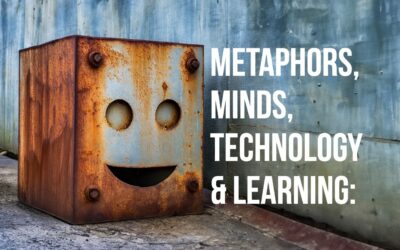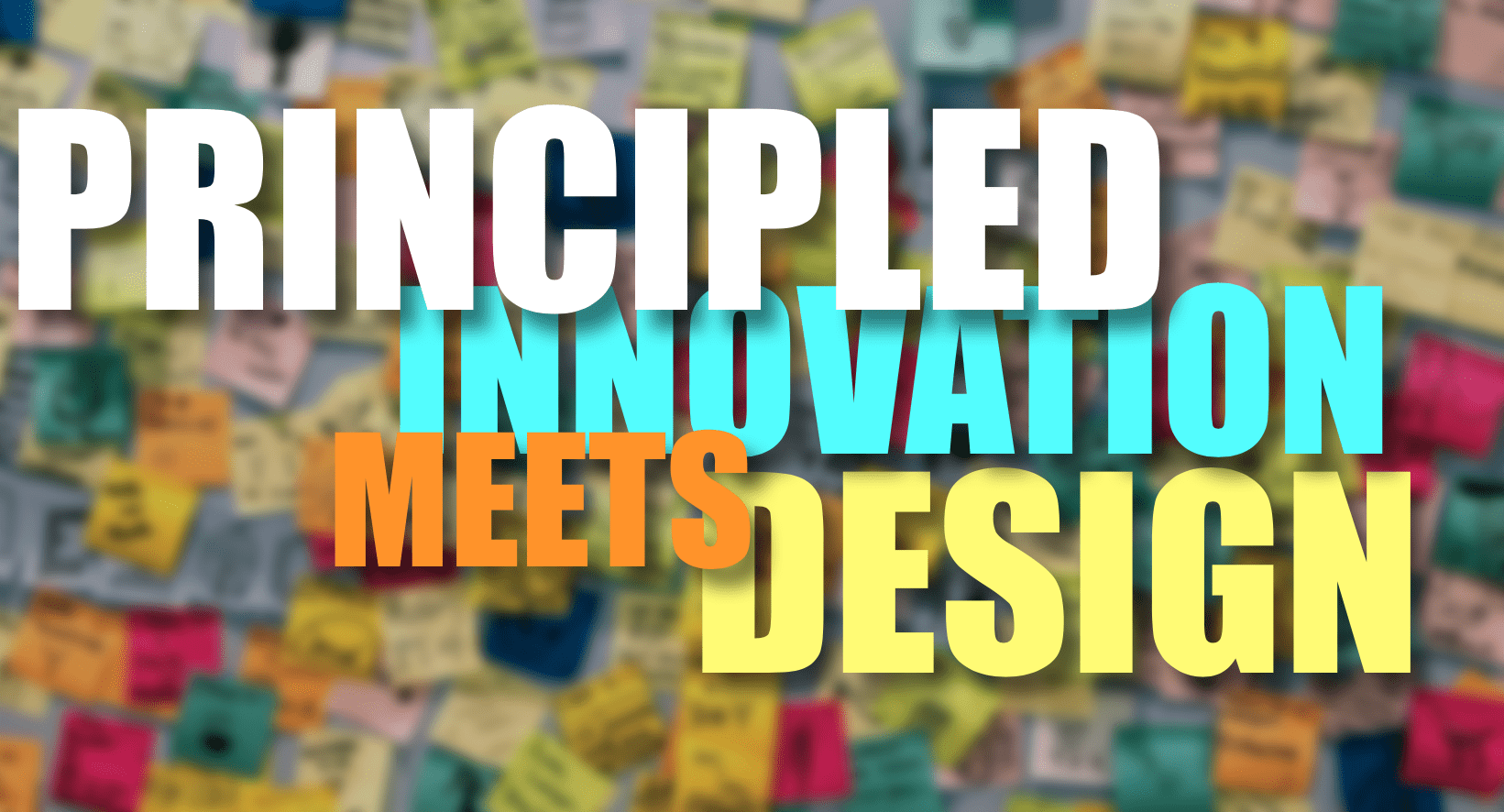I had written previously about a blog started by students in our Educational Psychology and Educational Technology Ph.D. program (ideaplay.org) and had designed a couple of ambigrammatic logos for them. You can see the original post here. Here is one of the original designs I had provided:
Mete, one of the graduate students modified one of the designs to use as a banner, as follows:
I like what he has done in this version, particularly how he highlights the horizontal symmetry of the design by making the bottom half look like a shadow of the top half. Pretty cool. However, I felt that it was missing a bit of the colorful aspects of play. So I created a new design building on the first version but changing the way the letters were written. I think this new logo captures both the symmetry of the design as well as its playful nature.
What do you think?







Sorry to disagree with you Adam but this is an ambigram. Wikipedia defines an ambigram as “a typographical design or artform that may be read as one or more words not only in its form as presented, but also from another viewpoint, direction, or orientation.” There are many different ways in which this can be done, one of which is a reflection ambigram. Wikipedia (the source of the previous quote as well) defines it, as “a design that can be read when reflected in a mirror, usually as the same word or phrase both ways.” The ideaplay design here is a “lake” ambigram, i.e. a word that would look the same when reflected in a lake that is because it has a horizontal axis of symmetry, as shown in the final design.
Sorry. Not an ambigram.
I like it! Good color choice. I also like how you kept Mete’s reflection aspect…ripply effect is cool!
Happy New Year to you! See you around next week, I’m sure!
I like the grungy look of the first logo =)